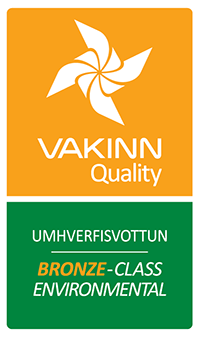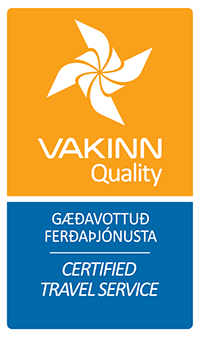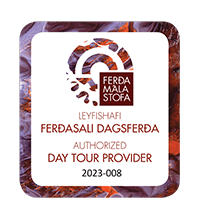Skyr is one of those Icelandic things that every Icelander loves, even those who are lactose intolerant! It is one of the most popular milk-based products in Iceland and very handy on the go.

Where does skyr come from?
Skyr is mentioned in the Icelandic Sagas, but it is not certain if the skyr as we know it today was the same as the one people had a millennium ago. Sometimes the stories tell of people drinking skyr and sometimes it was carried around in sacks.

How is skyr made?
Today, skyr has a similar consistency to Greek yoghurt. But only a few decades ago you could buy it in clumps. Then you would have to blend cream to it and beat it together to be able to eat it. At that time, it was considered to be a kind of sour milk cheese.
But to make skyr traditionally, you will need to heat skimmed milk almost to the boiling point and that way it will become practically pasteurised. Then the milk is cooled down to 37°c, and a condenser is added. The condenser is made from earlier skyr production, but it includes both acid-forming bacteria and yeast. The last step is to add rennet to make the skyr denser, but it is not necessary.
Skyr was then let stand to ferment and thicken. Then it was sliced a little bit so the whey, which formed during the process, could drip off.

Where can you get skyr?
You can get skyr in every store in Iceland that sells food. Even petrol stations. But Iceland is not the only country that sells skyr. A few countries have started making their owns skyr, but in most cases, it is not what we would call skyr. Their version is made with yoghurt bacteria instead of skyr bacteria. To be absolutely fair, though, Icelandic skyr is also often made with yoghurt bacteria these days.
But we recommend you try it. There are many kinds, both flavourless (blend that with sugar and pour cream on top to eat), and with many different types of fruit tastes. There are also lactose-free skyr products, so no one will be left out!




